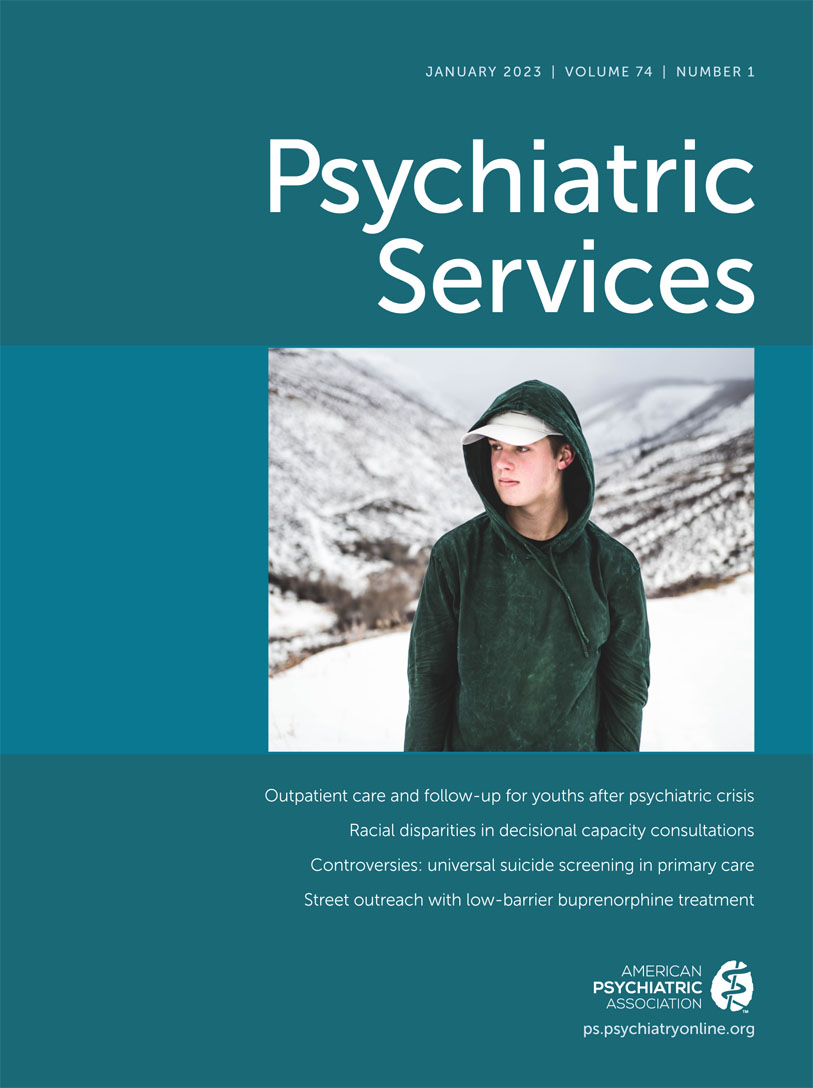Changes in the Street Prices of Prescription Opioids During the COVID-19 Pandemic
Abstract
Objective:
This study analyzed changes in prescription opioid street prices during the COVID-19 pandemic.
Methods:
Crowdsourced prescription opioid street prices were obtained from the Researched Abuse, Diversion and Addiction-Related Surveillance System StreetRx Program. Percentage changes in street price per milligram of different opioids between April and December 2020 compared with the same months in 2019 were calculated by using linear regression.
Results:
Street prices of high-potency drugs hydromorphone and oxycodone increased 23% and 12% per milligram, respectively. Prices of low-potency drugs hydrocodone and morphine increased 9% and 12% per milligram, respectively. Changes in prices of medications for opioid use disorder were not statistically significant.
Conclusions:
Decreased access to opioid analgesics during the pandemic combined with contributors to opioid demand may have led to increases in street prices of prescription opioids. Measures taken to increase access to medications for opioid use disorder were not associated with changes in those drugs’ street prices.



